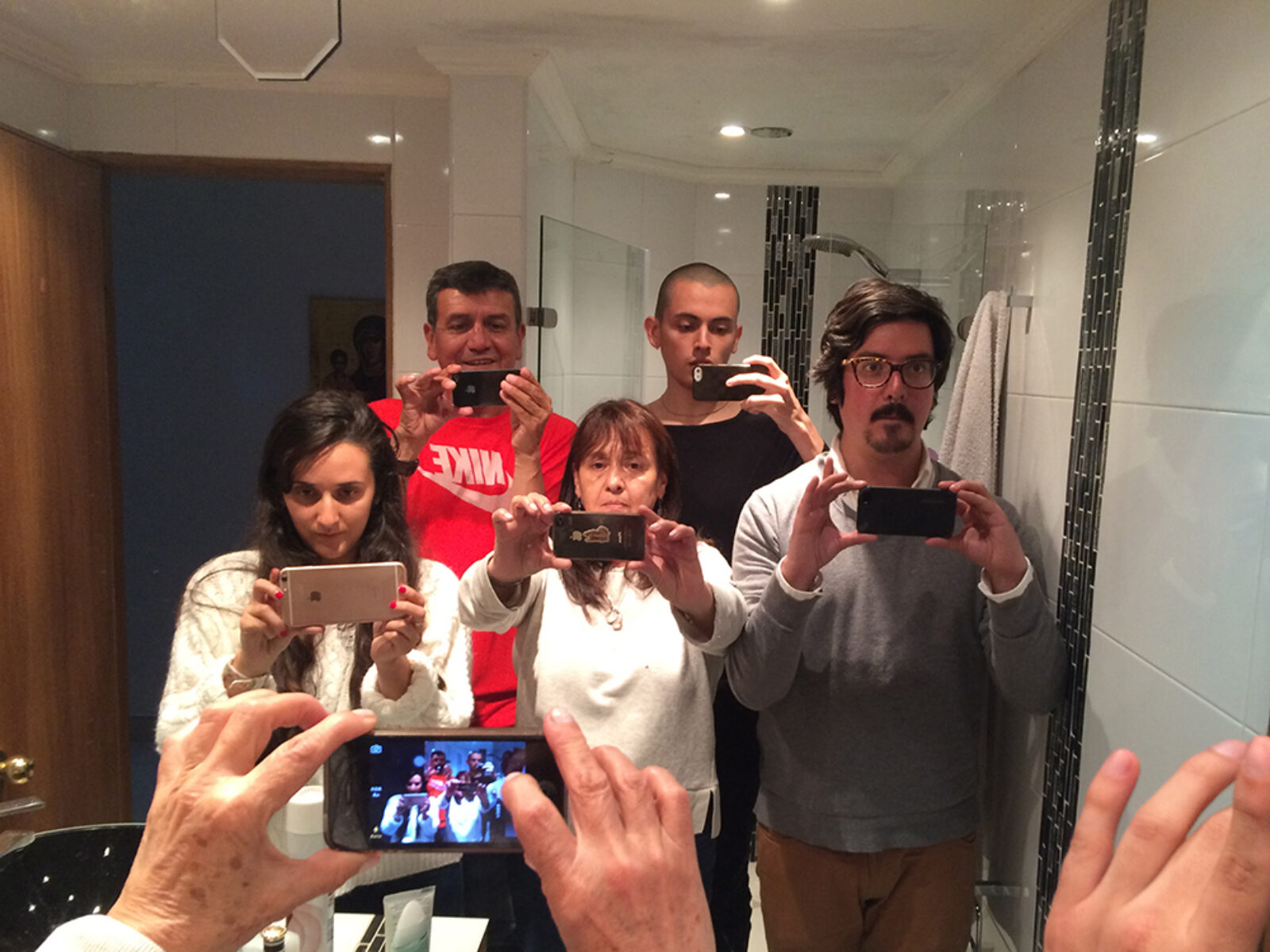































featured gallery for June 2017
FIRING THE CANON
A risibly uncontested standard of the art world is that its timeline of decades, eras and events is hung on the inadequate names of a few deified artists that come to represent—for the majority of museum goers who will not investigate further—the totality of what was happening in any given period. This is due to sloth on the part of those in cultural power; the allure of cultishness, nepotism and celebrity; and of course at a certain point, money.
The danger when it comes to art made in the crucible of HIV/AIDS is that those few artistic voices that emerged in the height of the crisis—incomplete vernacular vehicles to begin with—become petrified in the fading light of their time, yet remain as as standard-bearers for generations thereafter who their work may no longer be best equipped to speak for. They are maintained at such levels of prominence—different to relevance—by museum and gallery tastemakers that artists working in the same sphere today receive a fraction of the vital illumination that their quite different challenges, responses and achievements require in order to be recognized within the larger public realm.
Outside of the queer, art and HIV/AIDS communities one might imagine that with the deaths of Robert Mapplethorpe, Felix Gonzalez-Torres, Keith Haring, David Wonarowicz, and a very few others, artists stopped living with, or making art influenced by HIV. For which artists working now are even marginally as well known beyond those constituencies, even though we are more than twenty years past the deaths of those men? Even in their day, those hallowed names were part of a community of so many more than are recorded, who were working at ameliorating their circumstances through art. How many know the searing works of even relatively prominent names of the time such as John Wilcox, John Dugdale or Robert Blanchon?
It is not to reduce the work of the period’s luminaries. They, and their activist communities lived, resisted, created and died in the maelstrom of a government sponsored holocaust, fighting prejudice, civic ignorance, and public scorn so that they might survive, and that we would not have to endure such traumas. It is vital that what they did, and made, continues to be learned. The elegiac, furious, horrifying, beautiful archives they have left with us are their legacy, and ours, perhaps none more so than Wojnarowicz. They have rightfully gained their place within the firmament of social practice, activism and art history. But it is not enough for the museum and gallery systems to rest on these decades old laurels, lauding them, with canonization, retrospectives, and awards, as they draw profits from their estates, and seem engaged while remaining safely distant from the ugliness on the front lines of thirty years ago, or the visceral, powerful, reflective work being made today.
We can relish in it, weep because of it, and mourn in the pathos of what it has come to represent with the patina of age. But the disease and its consequences have evolved, and there are creative workers toiling at the coalface of today’s issues. To remain in nostalgic awe of the past contributes to an alarming drop in awareness that artists are uniquely positioned to convey to the general populace, and is a grave injustice to those currently living with HIV/AIDS for whom access to an audience is made more difficult by an art world which plunders the past with impunity.
We can learn from history, but while lessons from our collective past, and the experiences of those who went before us are invaluable in placing ourselves within the continuum of human endeavor, they mustn’t be a proxy for the present. The images in this gallery celebrate previous generations in the haunting photographs of John Dugdale, or Ronald Bruce Monroe’s enigmatic mixed media works, while highlighting that the inheritors of their legacies, the voices of today, frame the contemporary zeitgeist. For them and so many others to take their rightful place, we must see them in sync with or even beyond the echoes of yesterday.
Vincent Chevalier’s “Your Nostalgia is Killing me” was made in 2013, and places iconic imagery within current concerns; he was born in 1983. Kelvin Atmadibrata (b. 1988) “recruits superpowers” to communicate and question standardized maleness. Shan Kelley (b. 1977) utilizes a masterful ability with wit and language to elucidate issues around HIV/AIDS now, while utilizing its history. His “Make a Wish” 2011, is a monumental statement, dipped in darkest humor. Alex Sparrowhawk’s (b. 1985) “#PrEPNow” 2016, takes up topics at the heart of health, choice and medical advancement. Kia LaBeija’s (b. 1990) striking, narrative vignettes offer vital cultural commentary within searingly personal imagery. These artists and more from the Visual AIDS Artist+ Registry show us that we must look back and learn, to move forward and evolve.
Despite clinical advancements and shifts in social attitudes it is still the AIDS era, even if it is not dramatic, interesting, or murderous enough—at least in the developed world— for the media to pay attention to. There are still front lines, and it is the responsibility of the cultural one percent, to facilitate the work of these artists and bring them to greater attention so that they might build on the achievements of their forebears, as the disease itself has surpassed its own sickening numbers.
It is incumbent on the curators, writers and institutional gatekeepers of today to work harder, surpass the hypnotic allure of history’s titans and connect fully with what is being said now. There is no better place to look than Visual Aids.
